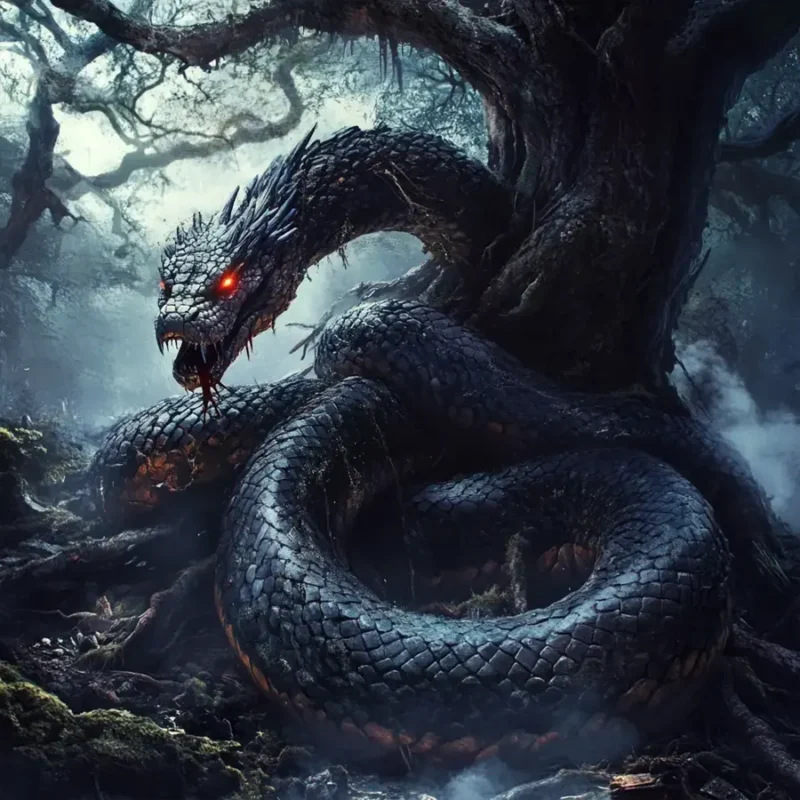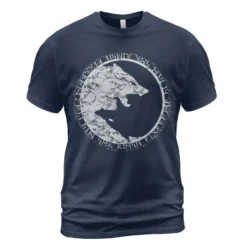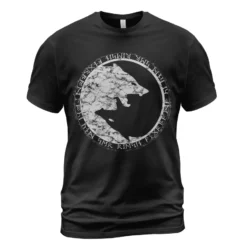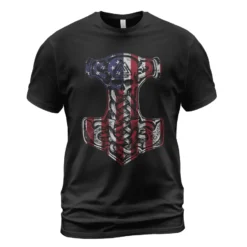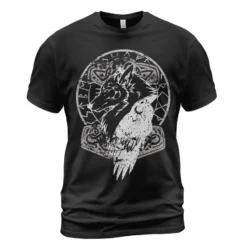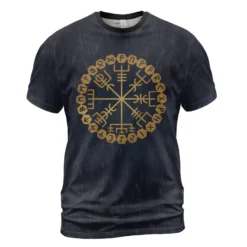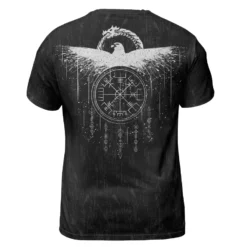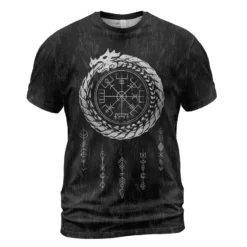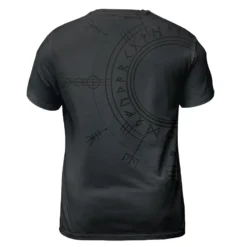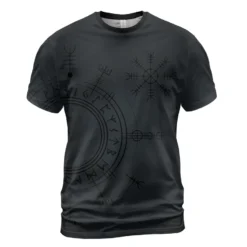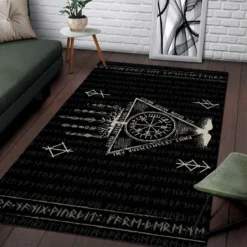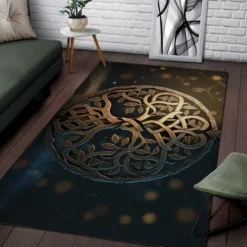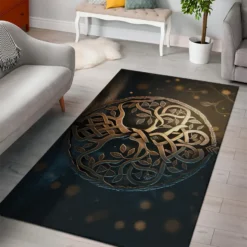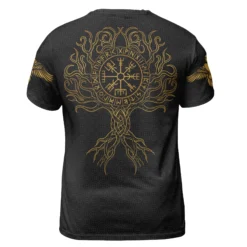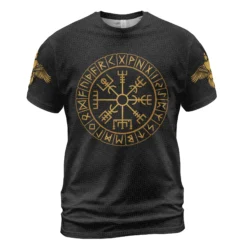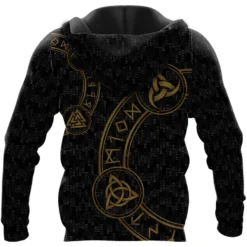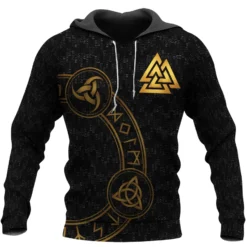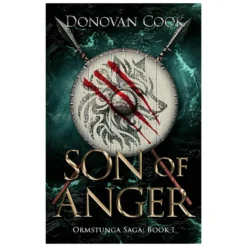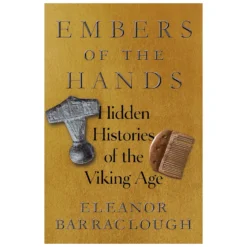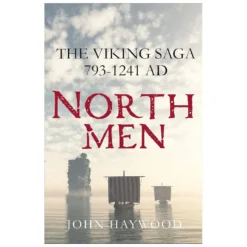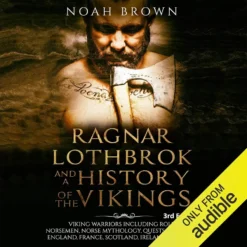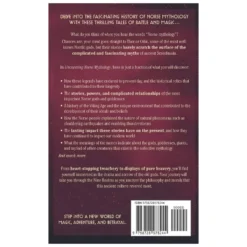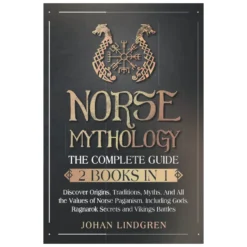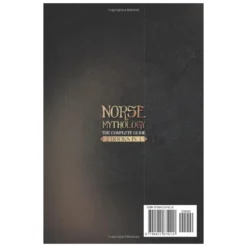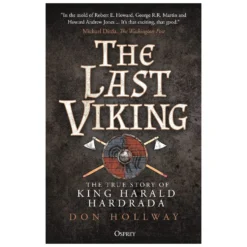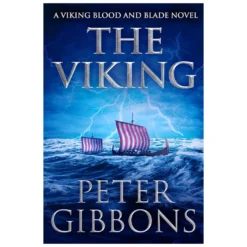Viking Blog
Viking Mythology Monsters: 5 Forgotten Beasts That Shook Norse Worlds
When people think of Norse mythology, they often picture Thor’s hammer, Odin’s wisdom, and Loki’s tricks. Yet, beyond the well-known gods and the chaos of Ragnarök, lies a dark world of Viking mythology monsters. These creatures frighten sailors, haunt woods, and nibble at the roots of creation.
Many people forget these beings outside of academic circles. They are often in the shadow of giants like Fenrir the wolf and Jörmungandr the Midgard Serpent. But far more than these headline monsters filled the Norse world. Here are five scary monsters from Viking mythology that many people don’t know about. They once haunted the Vikings.
Gullinbursti – The Golden Boar
While most Viking mythology monsters were terrifying, some were awe-inspiring instead. Gullinbursti is a golden-bristled boar. The dwarves Brokkr and Eitri made him as a gift for the god Freyr. Its mane of glowing bristles shone with a radiant light. It could run through the darkest night and light the way.
Gullinbursti also had unmatched speed, able to race across land and sea faster than any horse. For the Vikings, livestock and farming were as important as raiding. This radiant beast stood for fertility, courage, and divine favor. Myth showed that prosperity could be a weapon for the gods.
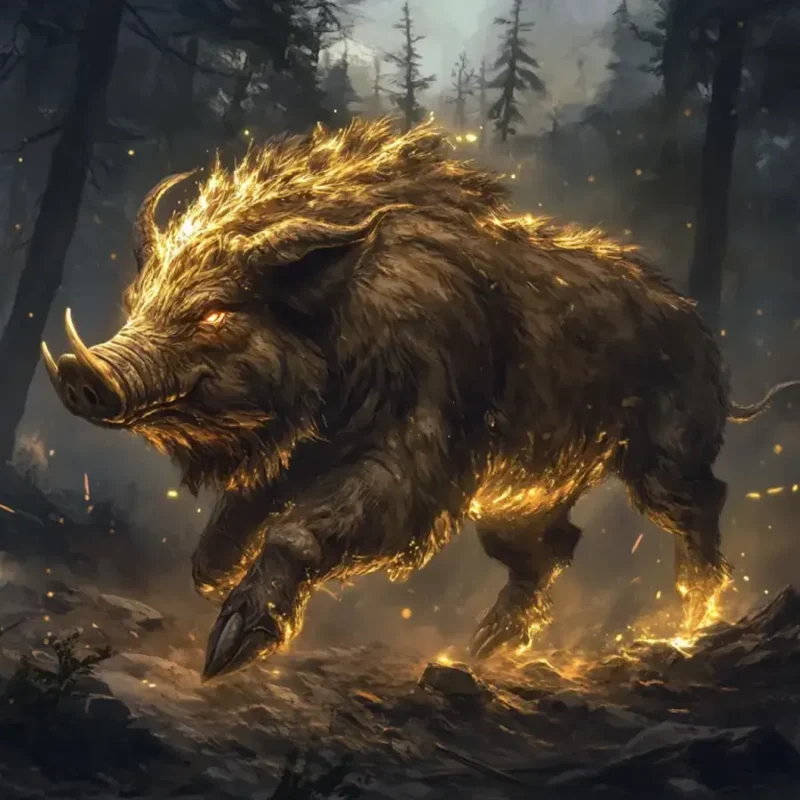
Níðhöggr – The Corpse-Eating Dragon
Few Viking mythology monsters inspire as much dread as Níðhöggr (“Malice Striker”). This monstrous dragon lived beneath the roots of Yggdrasil, the World Tree. It gnawed at its base nonstop, threatening the balance of the cosmos.
The Poetic Edda describes Níðhöggr feasting on corpses in the underworld. This gives it a dual role: destroyer of cosmic order and devourer of the dishonored dead. Níðhöggr, unlike Fenrir, symbolizes slow decay. Fenrir will escape in a huge moment, but Níðhöggr reveals an inner corruption.
The dragon carried messages between the serpent at Yggdrasil’s base and the eagle at the top. It was a venomous messenger of conflict. For the Vikings, Níðhöggr was not a monster but a symbol of the decay that even gods could not stop.

Fossegrim – Spirit of the Waterfalls
Not all Viking mythology monsters were giant beasts. Some were spirits lurking in rivers and waterfalls. People knew the water spirit Fossegrim for his enchanting music. With his fiddle, he played such beautiful melodies. The forests swayed, and the streams changed their flow.
But beauty had its price. Folklore says that to learn from Fossegrim, you had to make a bloody offering. This often meant sacrificing a goat or pouring a few drops of your own blood into the river. Those who failed to pay the correct amount risked drowning and getting pulled under.
This duality made Fossegrim both admired and feared. His story shows how Vikings saw nature as beautiful yet dangerous. Water gave life, but rivers and seas could also lead to death.
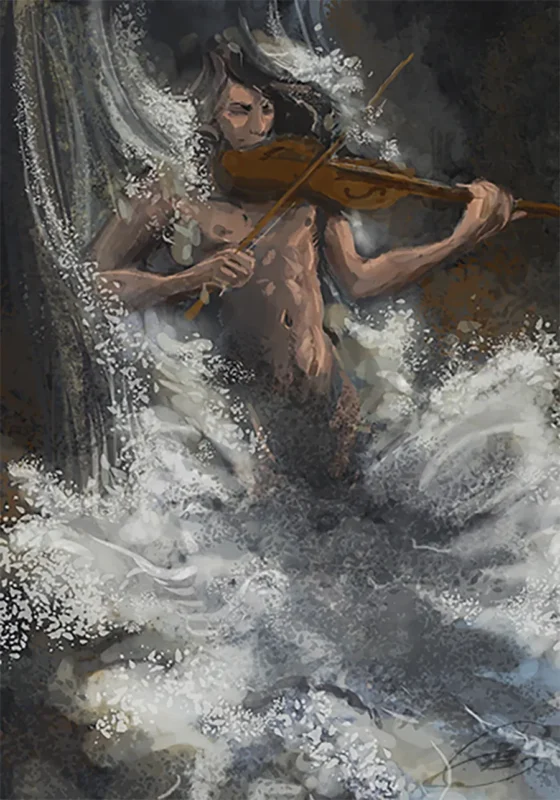
The Frost Giants – Viking Mythology Monsters of Ice
The Jötnar, or giants, are famous in Norse mythology. Among them, the frost giants, called Hrímþursar (“frost beings”), were the most feared. These icy beings came from Jötunheimr, the land of giants. They showed the chaos and destruction of winter.
Myth says the cosmos began with Ymir, the first frost giant. His body turned into the earth, sky, and oceans. Yet the frost giants remained eternal enemies of the gods. They controlled blizzards, avalanches, and freezing winds. These natural forces shaped the harsh northern climate.
During Ragnarök, Loki and the other forces of chaos were set to recruit the Hrímþursar to storm Asgard. To the Vikings, harsh winters were a yearly battle. These giants were not myths; they symbolized survival against the deadly cold.
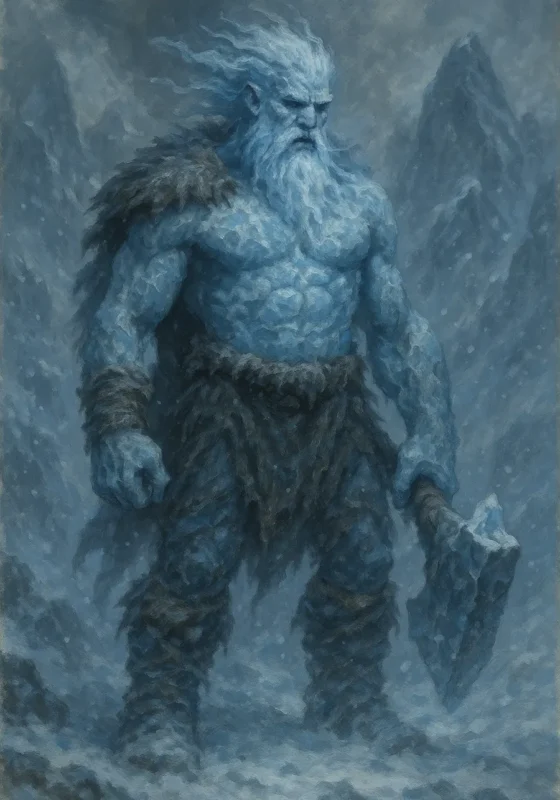
The Mare – Bringer of Nightmares
The Mare attacked humans when they were most vulnerable—while they slept. Meanwhile, dragons and giants threatened the gods. A Mare was a wicked spirit. It sneaked into homes at night and sat on people’s chests. This caused nightmarish dreams and a feeling of suffocation.
This belief explains the origin of the English word “nightmare”—”nightmare.” Victims often woke up with pounding hearts. They drenched themselves in sweat. They felt sure a shadowy being had squeezed the life out of them. Today, we call this sleep paralysis, but for the Vikings, it was proof of supernatural evil.
The Mare shows a haunting side of Norse mythology: not all monsters live in forests or oceans. Some live in the mind, turning sleep itself into a battlefield.
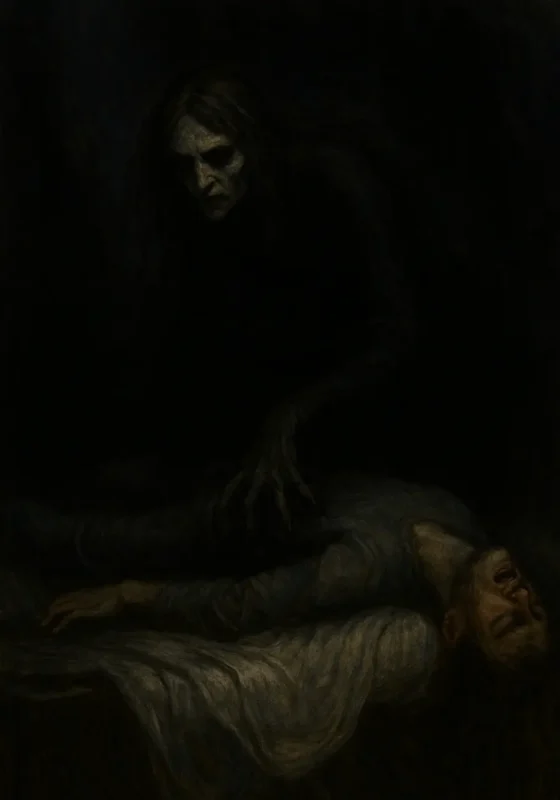
Why These Beasts Mattered
These Viking mythology monsters were not frightening tales. Each embodied real fears and truths of the Viking Age.
- Gullinbursti expressed hope and prosperity.
- Níðhöggr symbolizes inevitable decay.
- Fossegrim reflected the beauty and danger of nature.
- The frost giants represented the brutality of northern winters.
- The mare gave shape to the mystery of nightmares.
In Viking culture, monsters explained the unexplainable. They weren’t tales for fun. They were warnings, lessons, and reflections of the Norse world.
Conclusion – The Roar of Forgotten Beasts
The Norse world was full of monsters. There were shining boars, corpse-eating dragons, and seductive water spirits. Icy giants and nightmare demons added to the awe and terror.
Many people forget these creatures, but their stories still echo in the sagas and Eddas. To the Vikings, these tales were more than myths. They showed a universe full of danger, mystery, and wonder.
Studying these forgotten beings shows that Viking mythology monsters still matter today. They symbolize the fears, hopes, and struggles of a people living on the edge of a harsh world.

